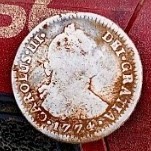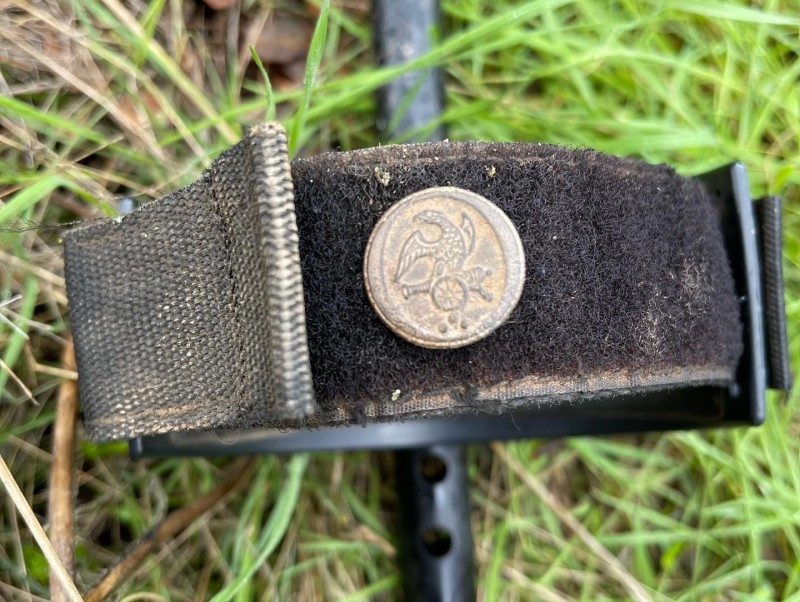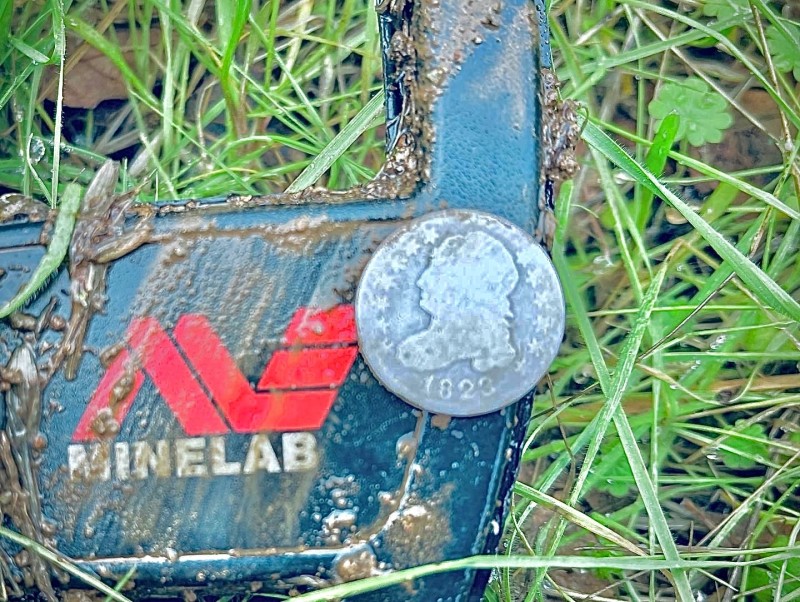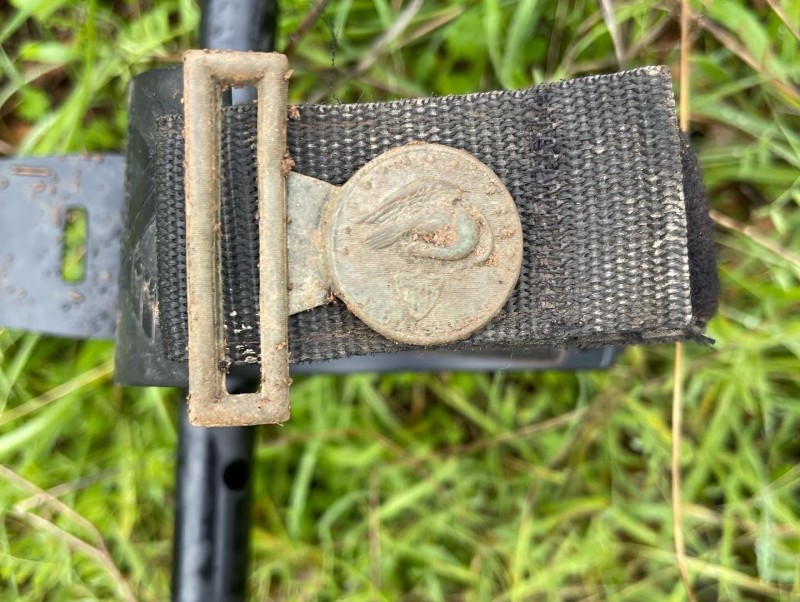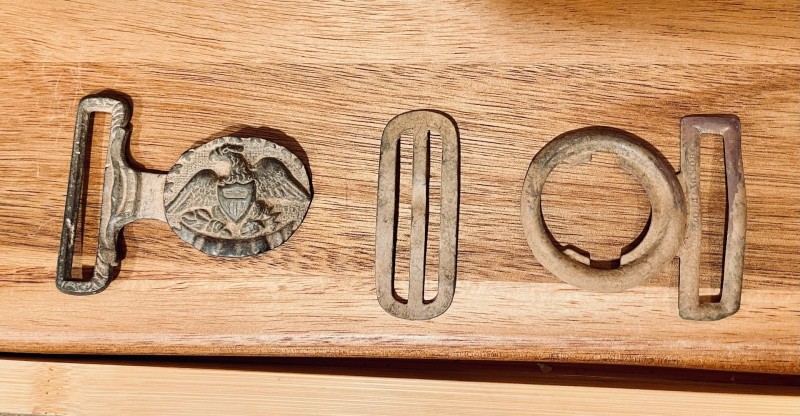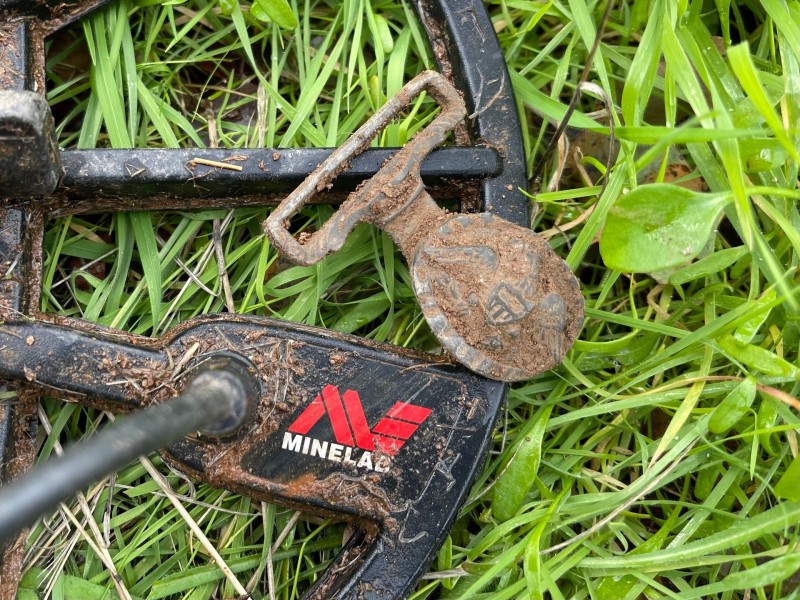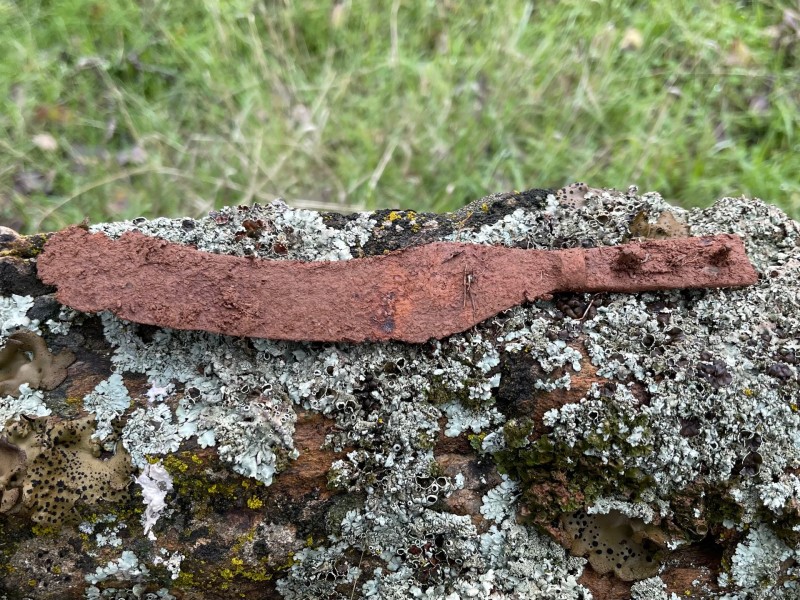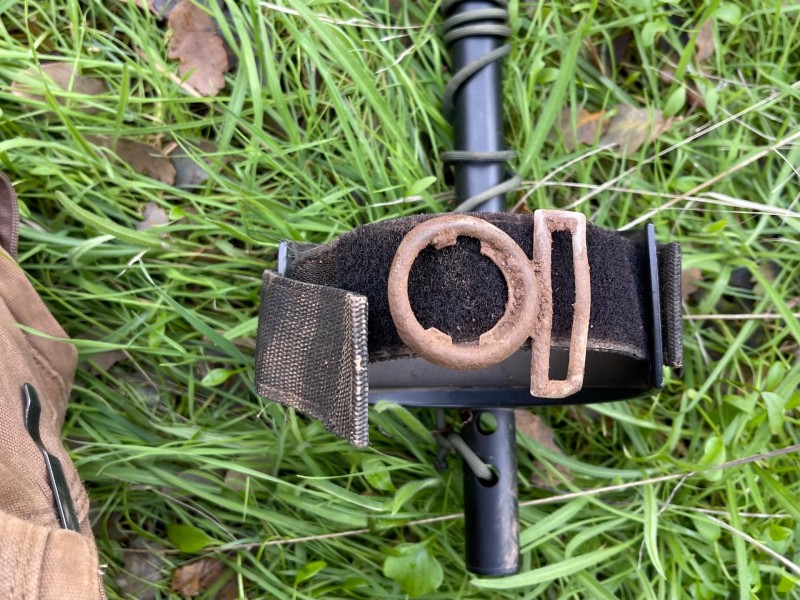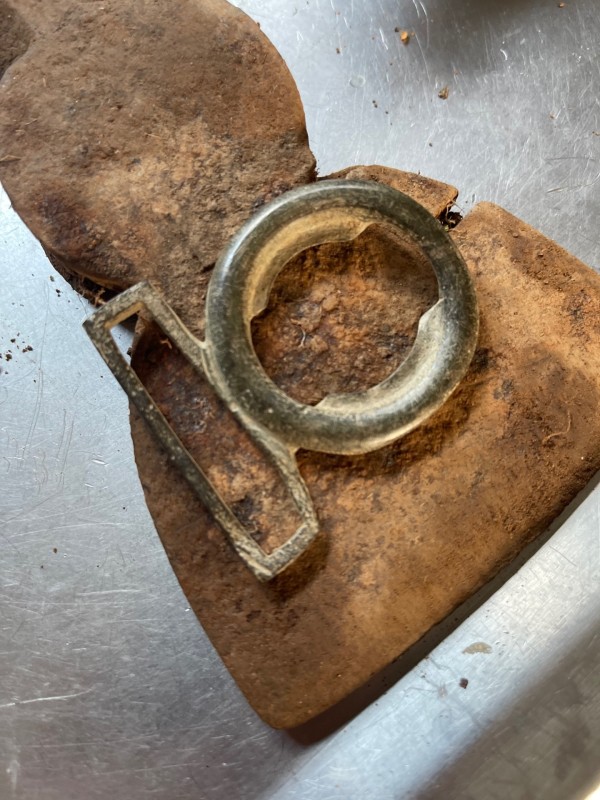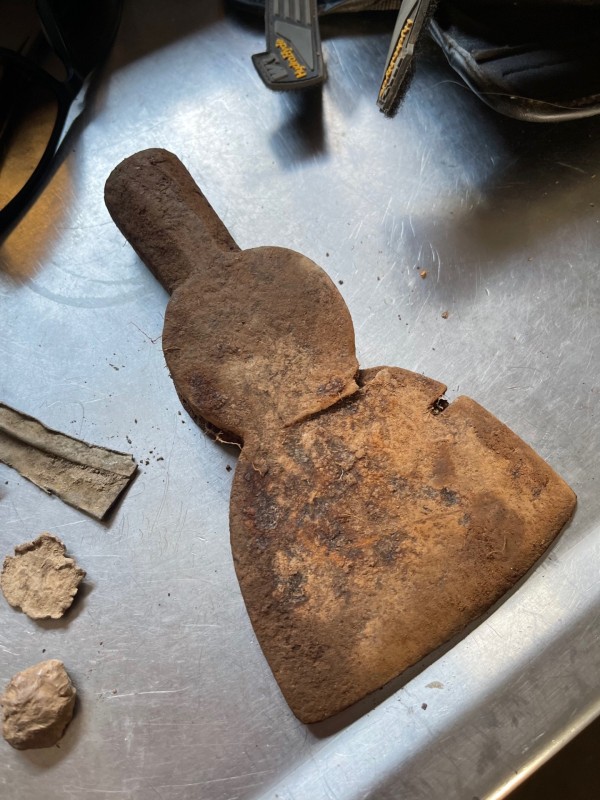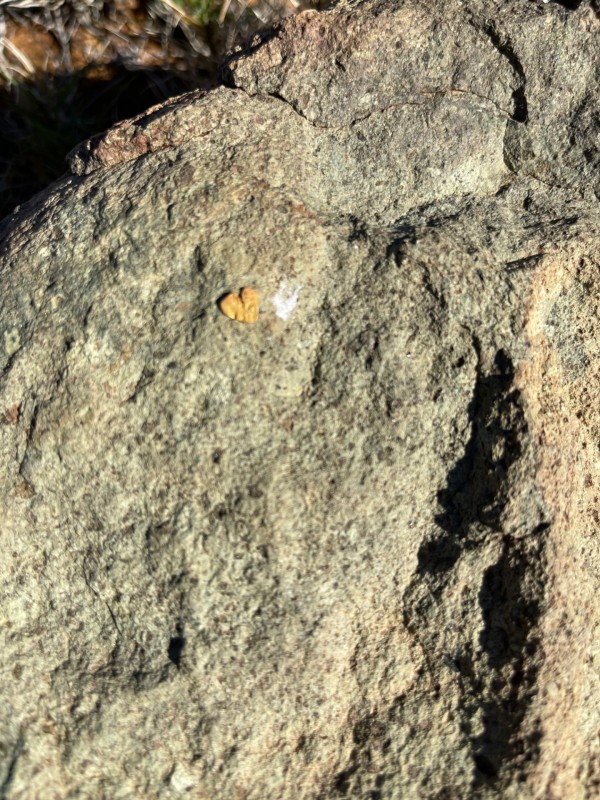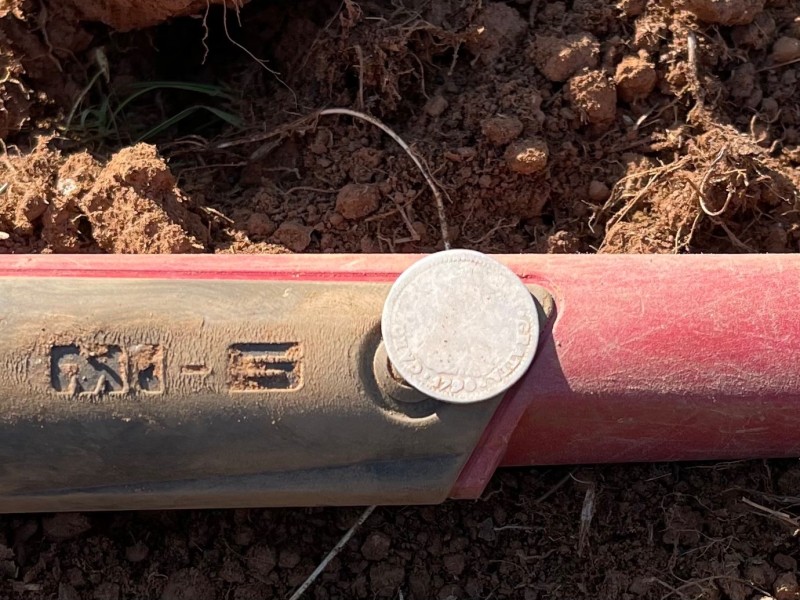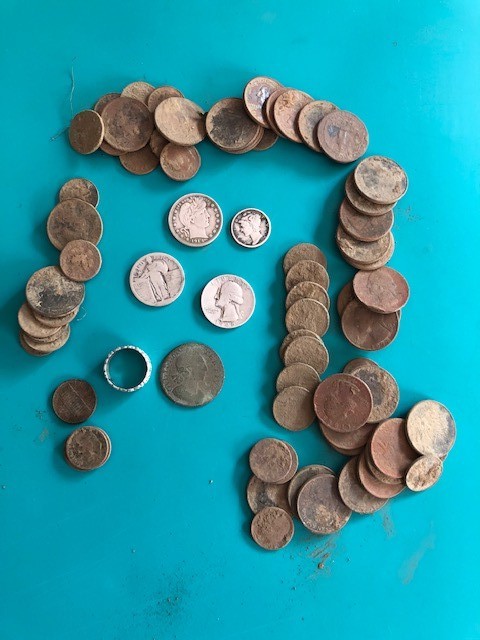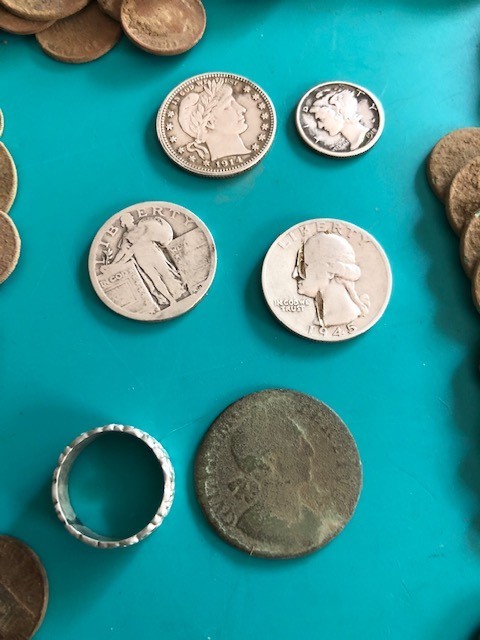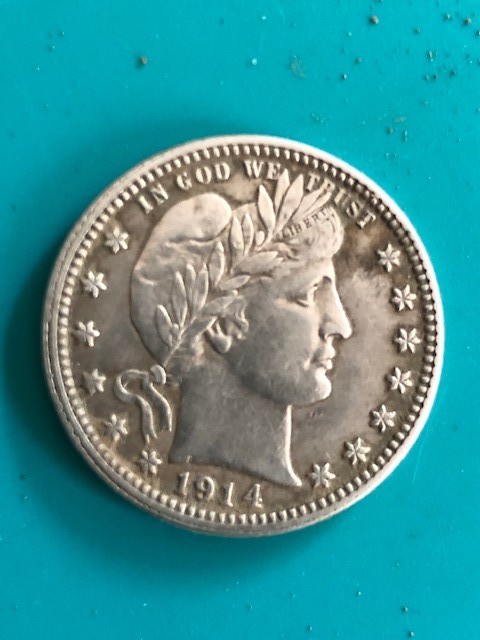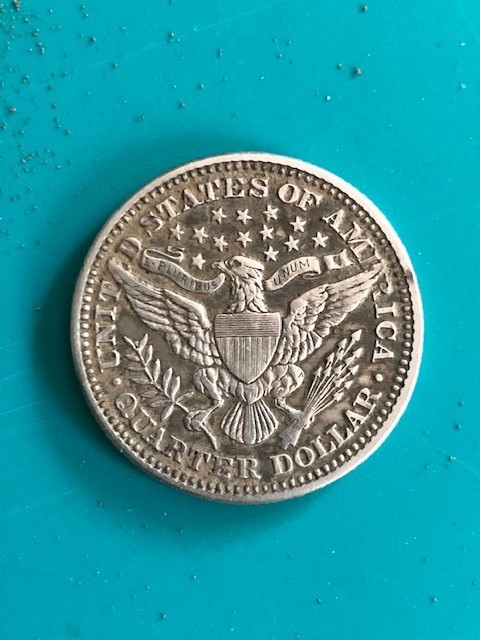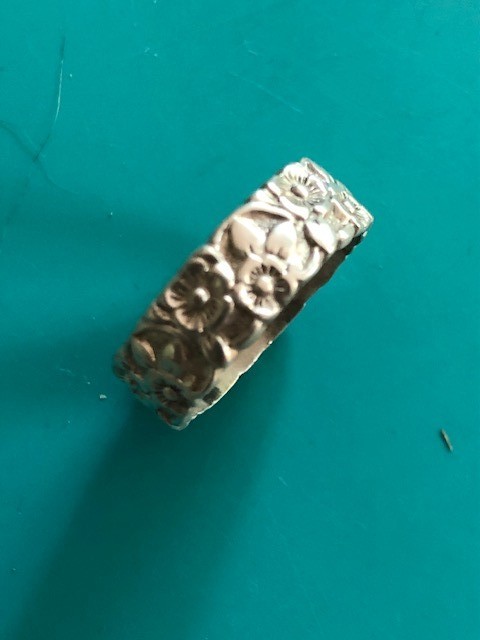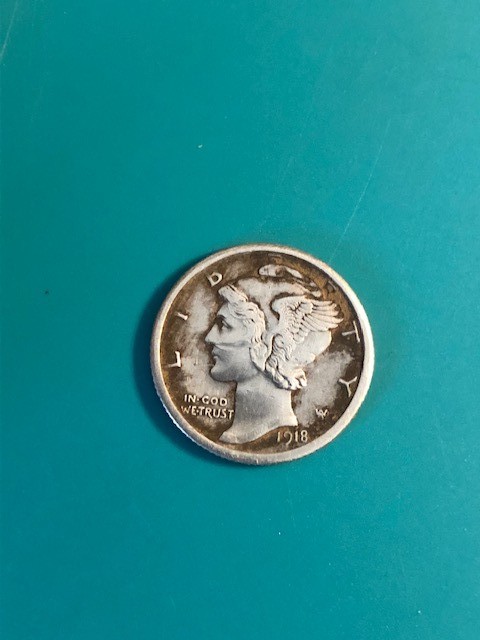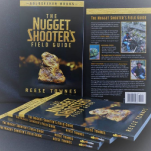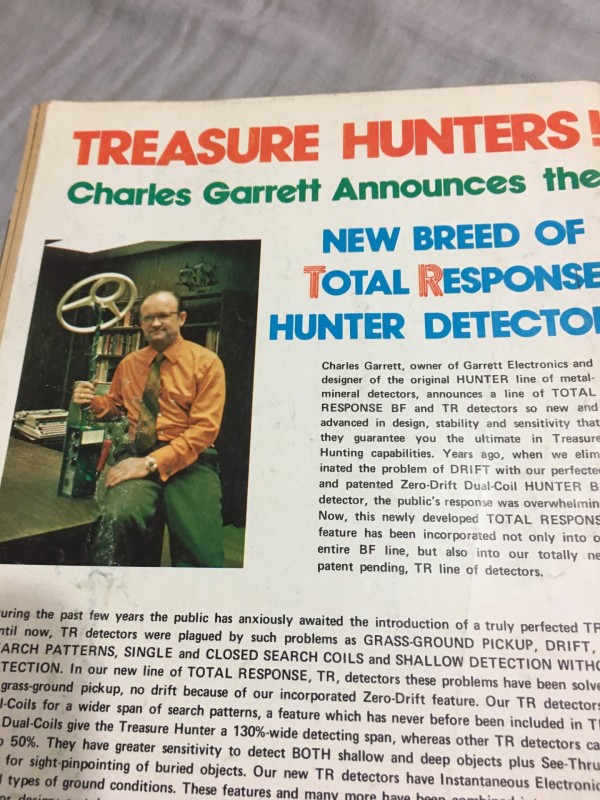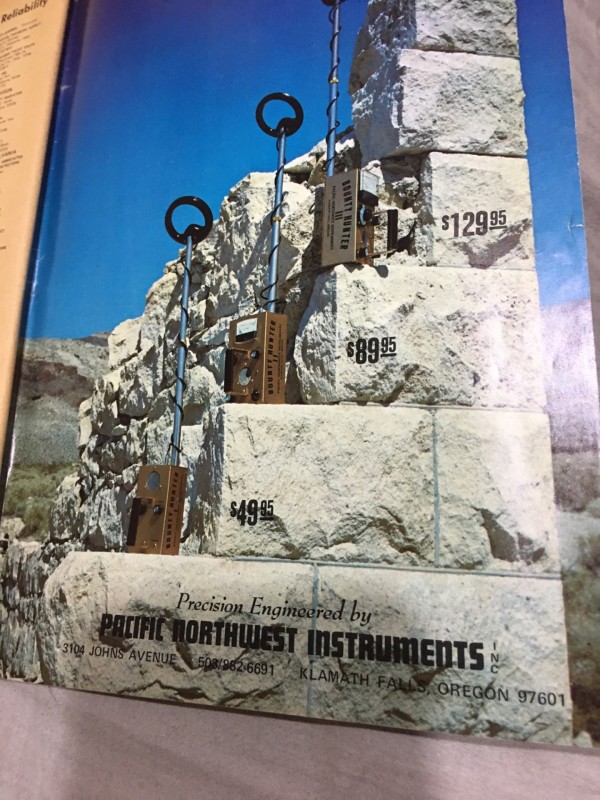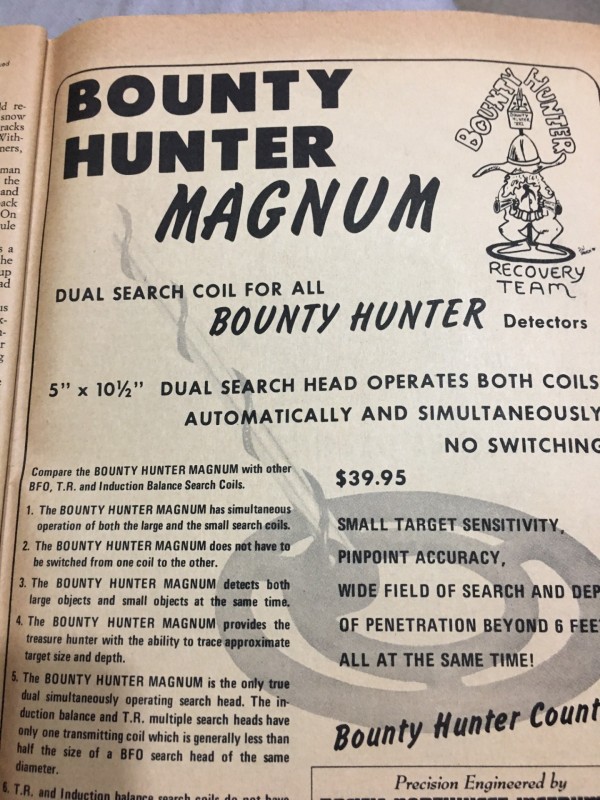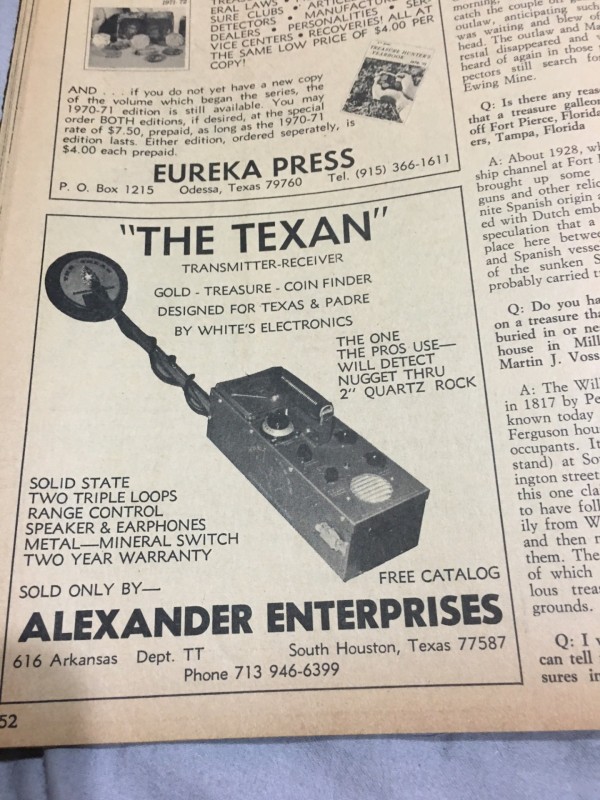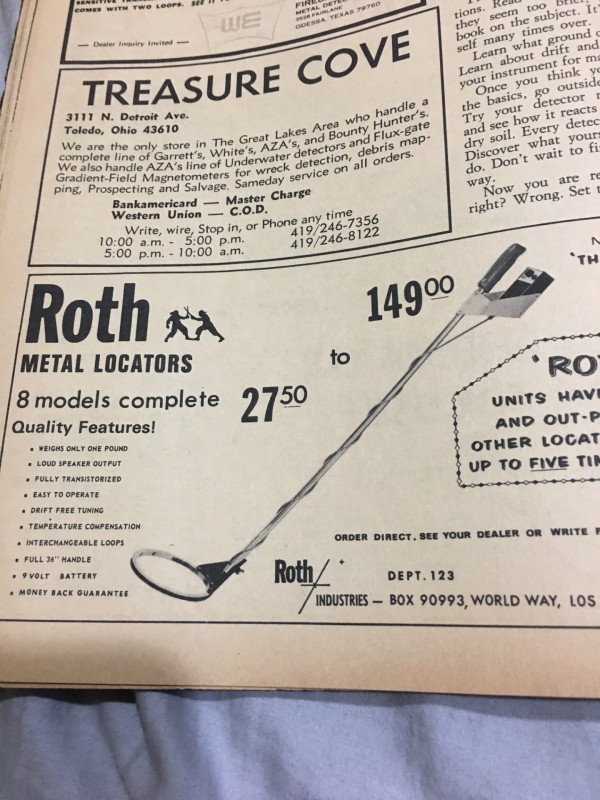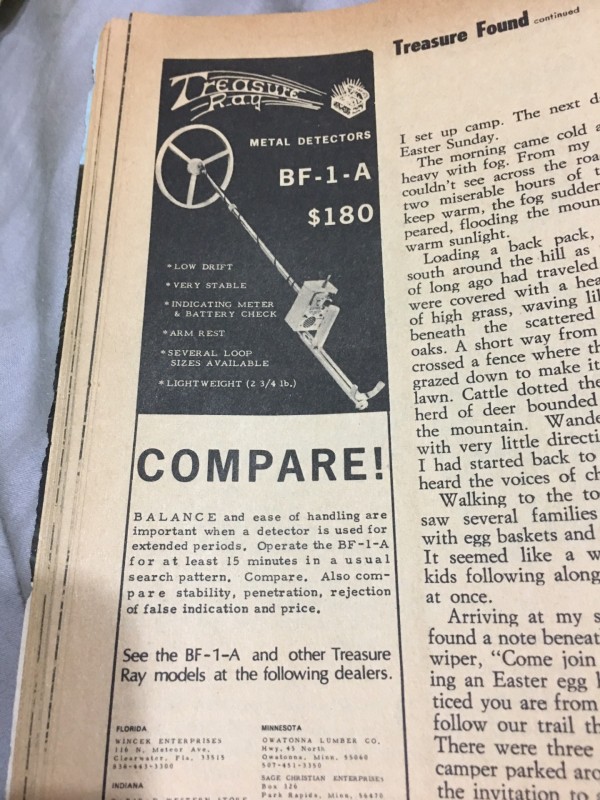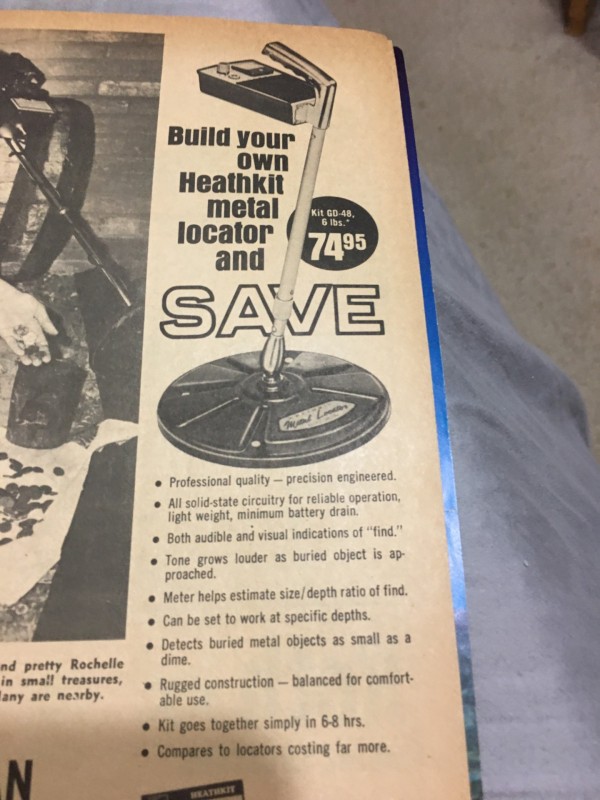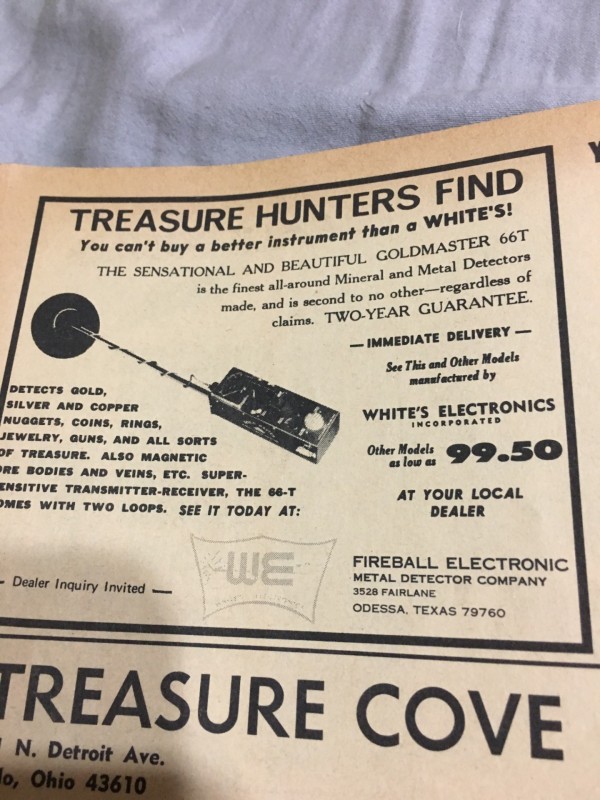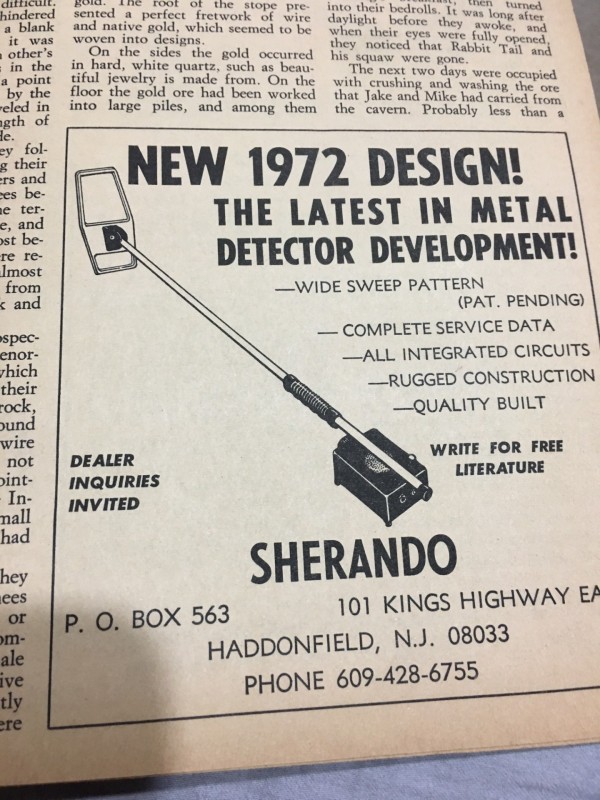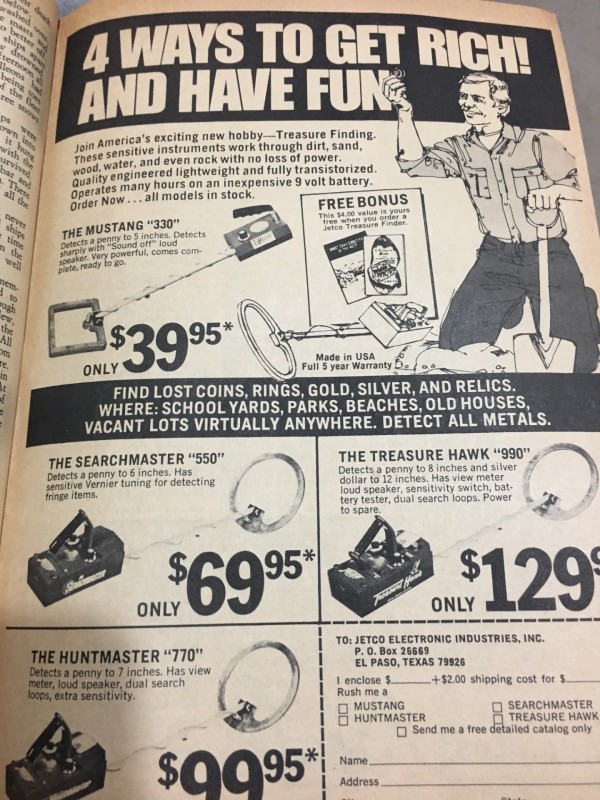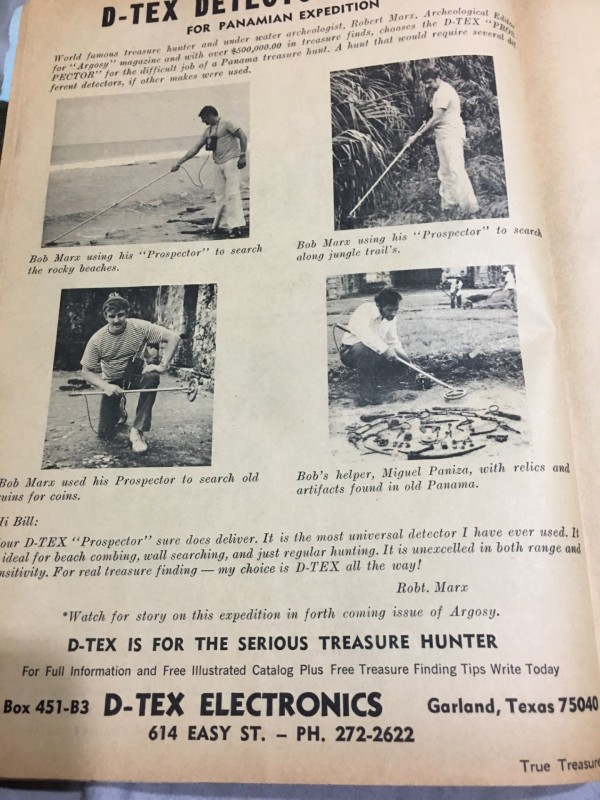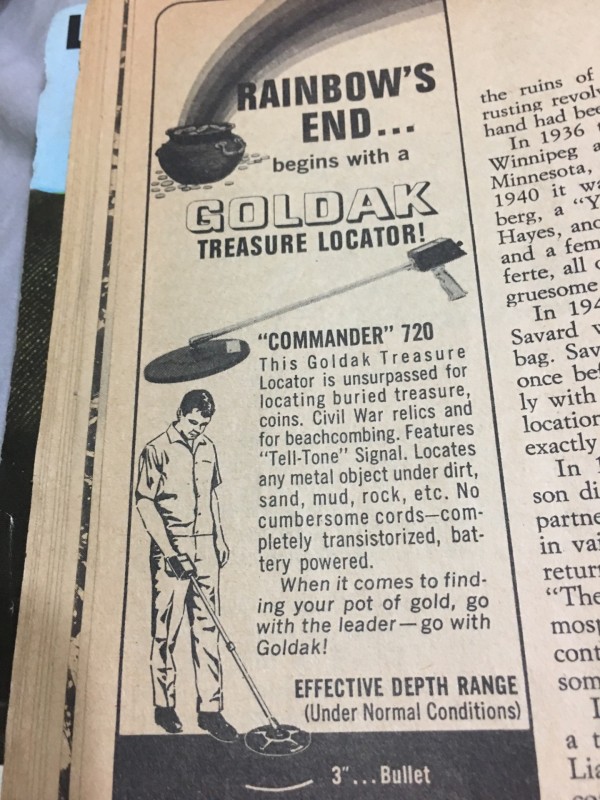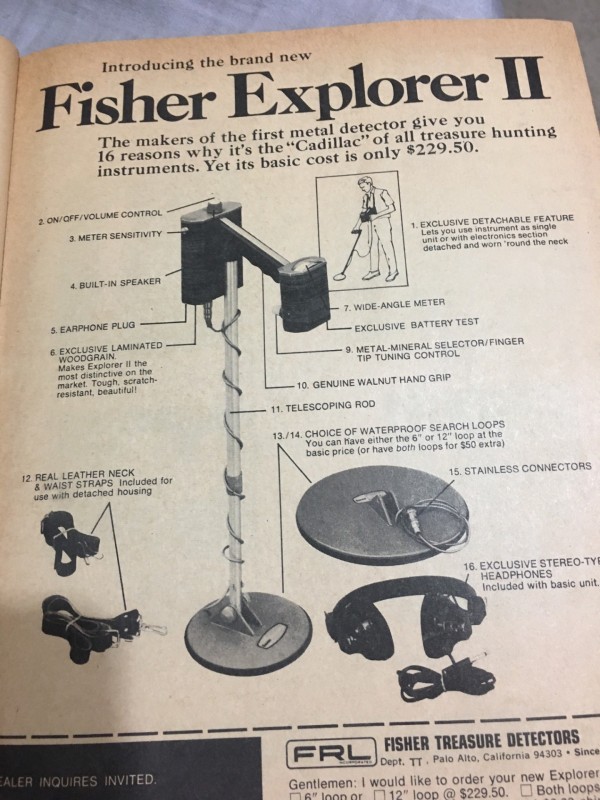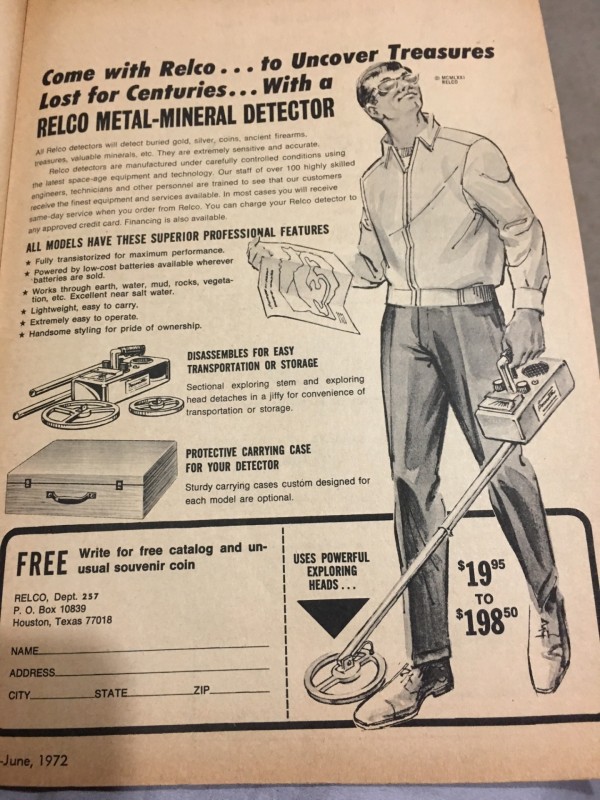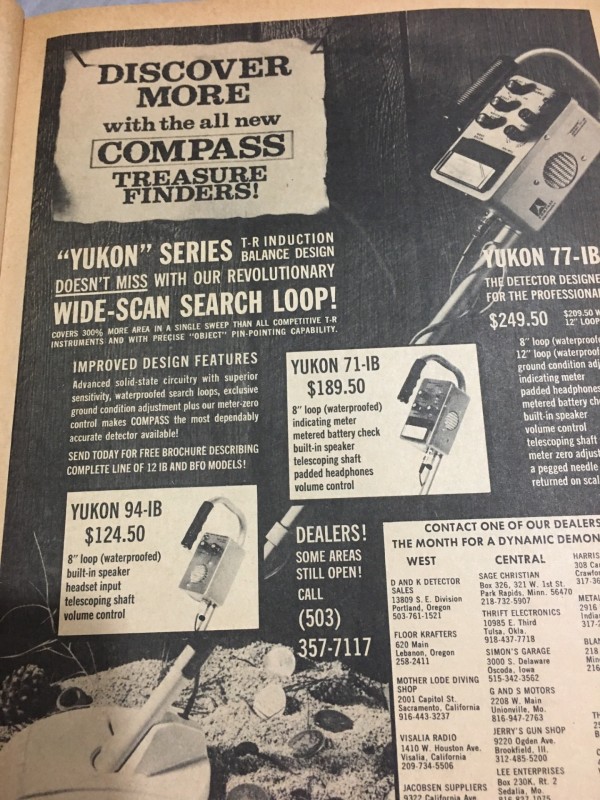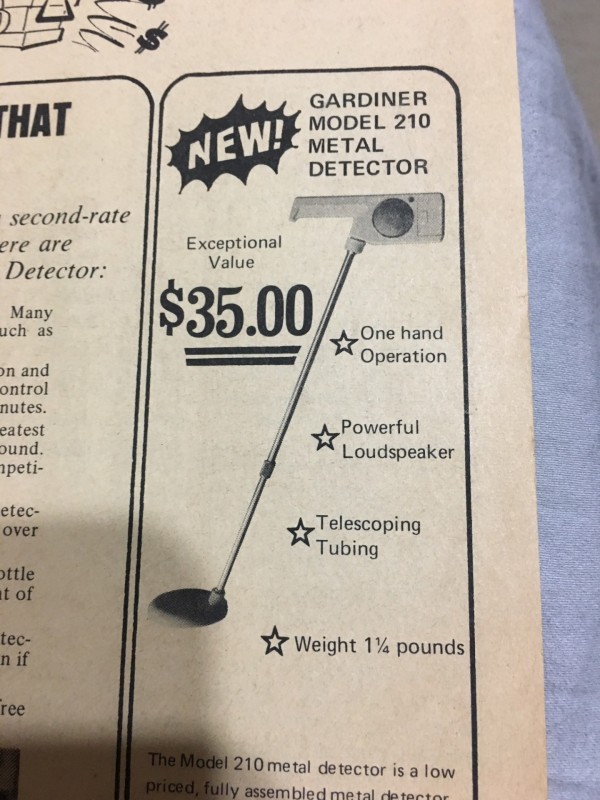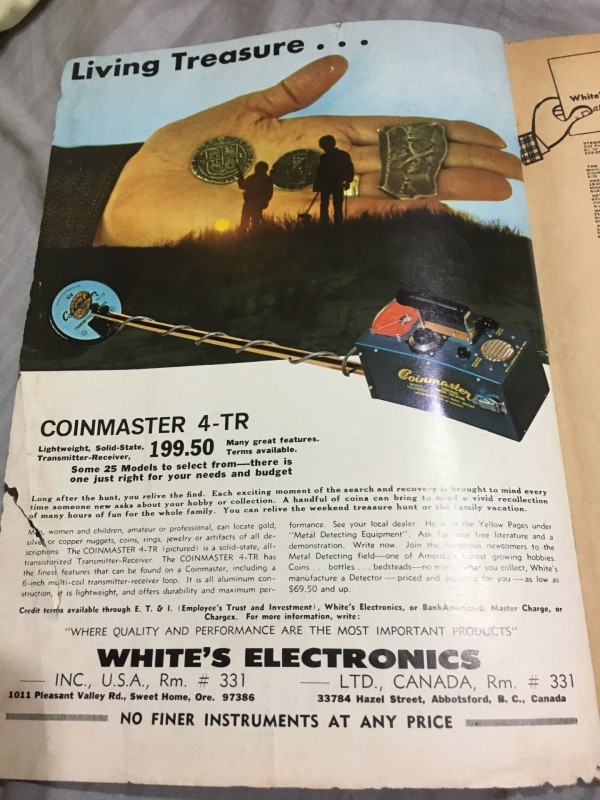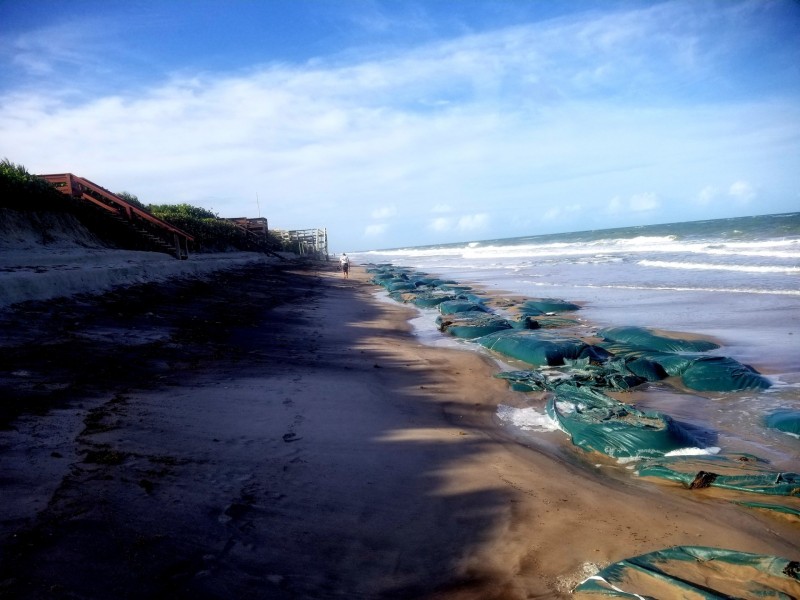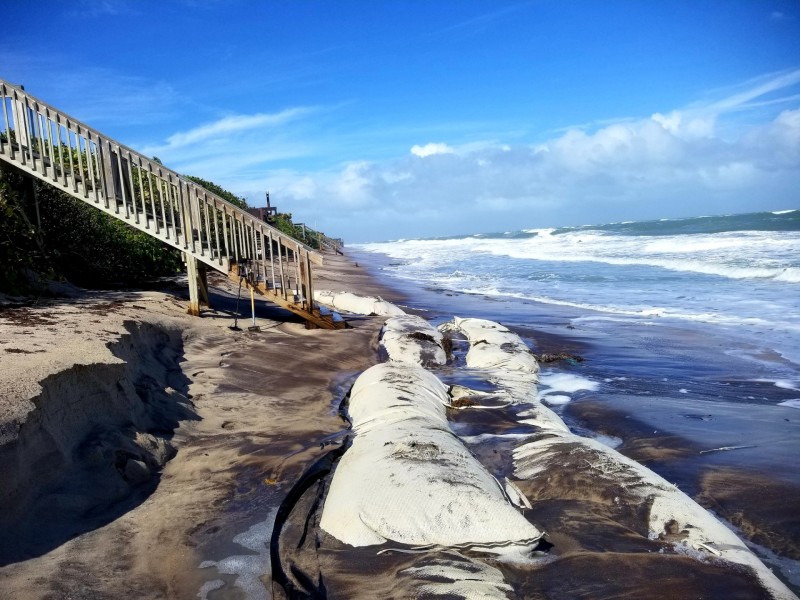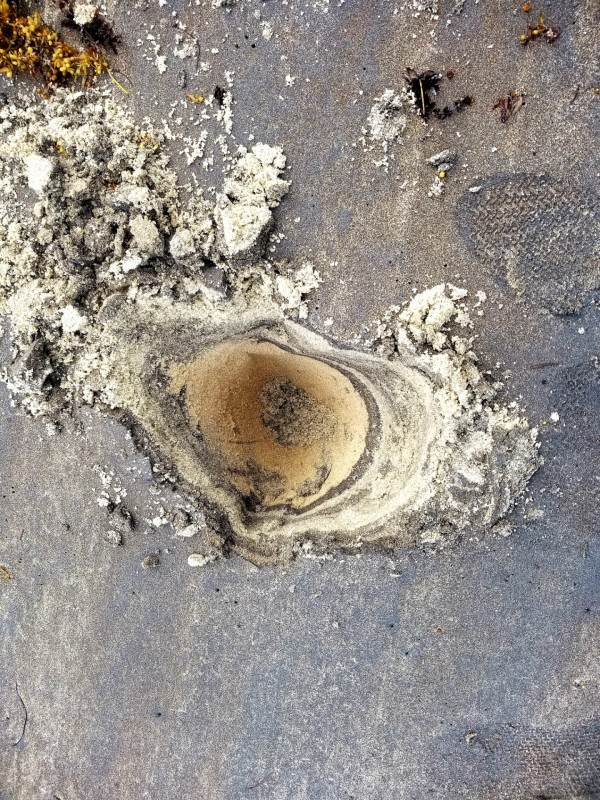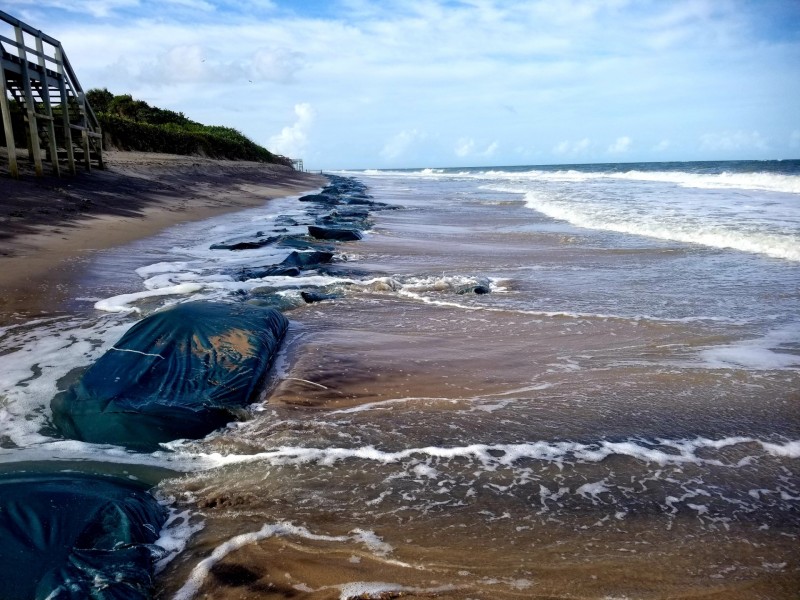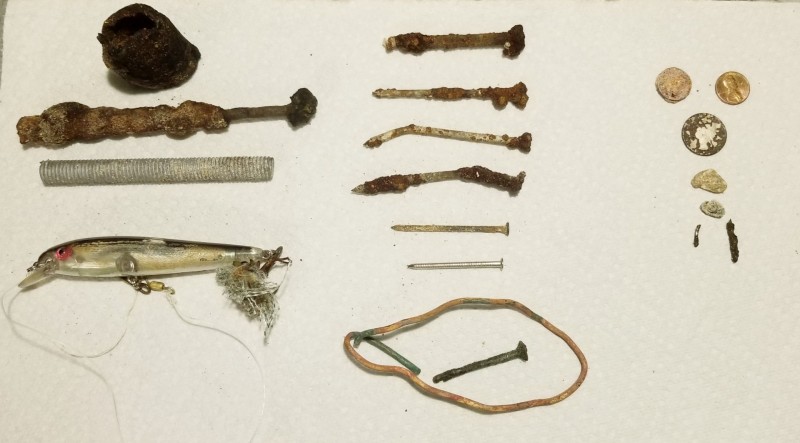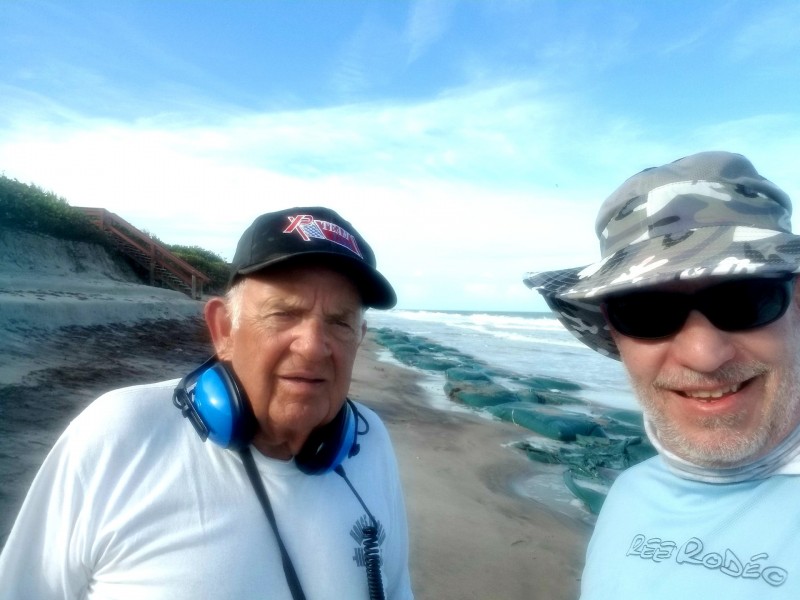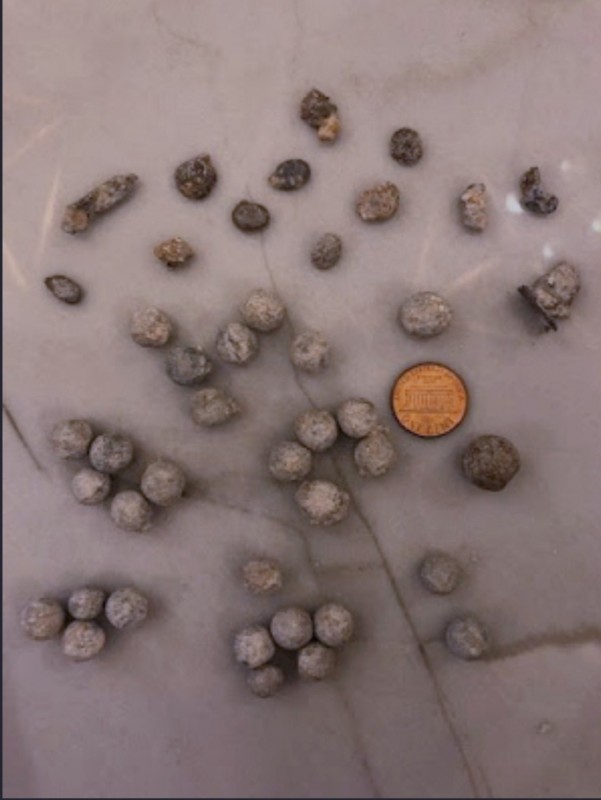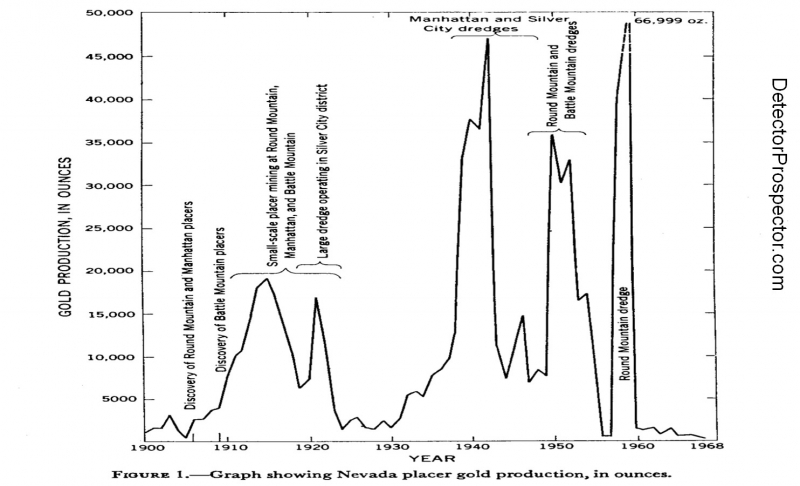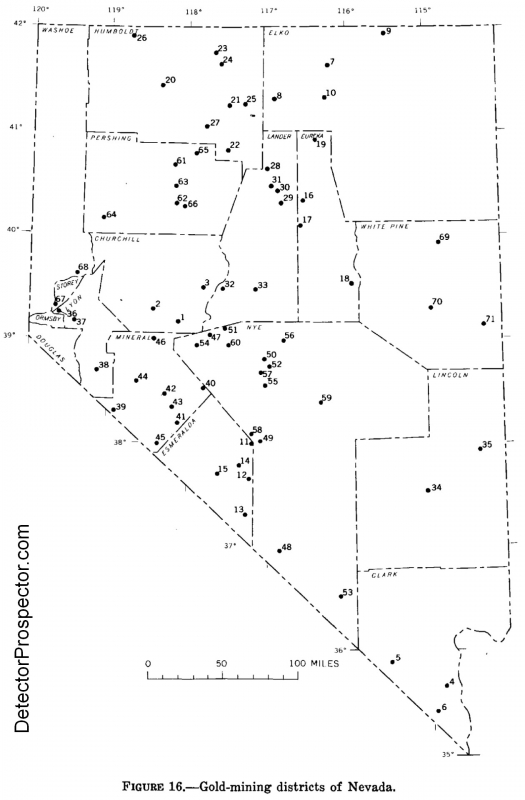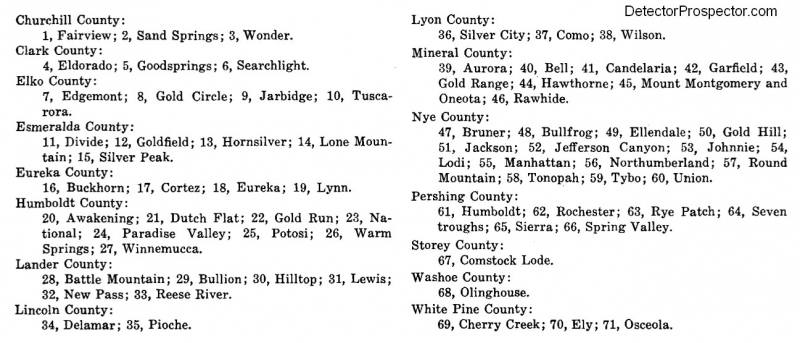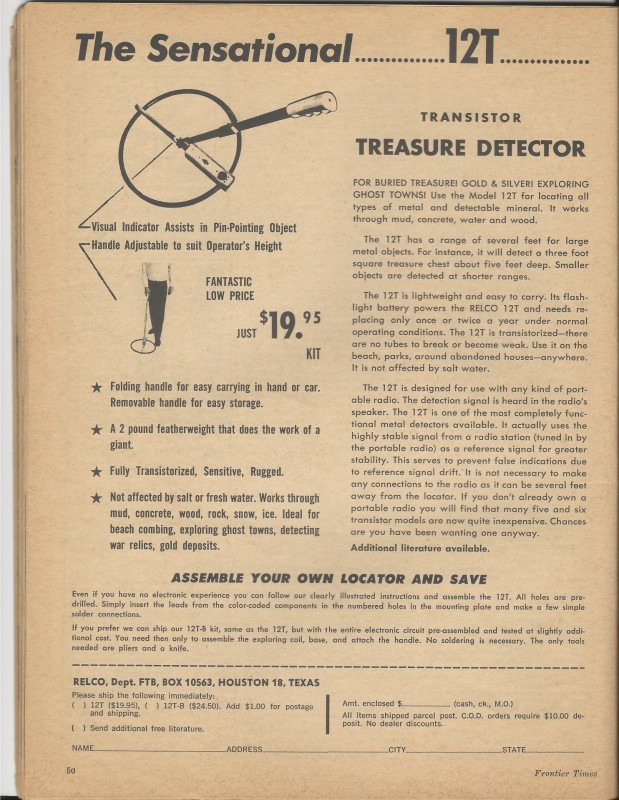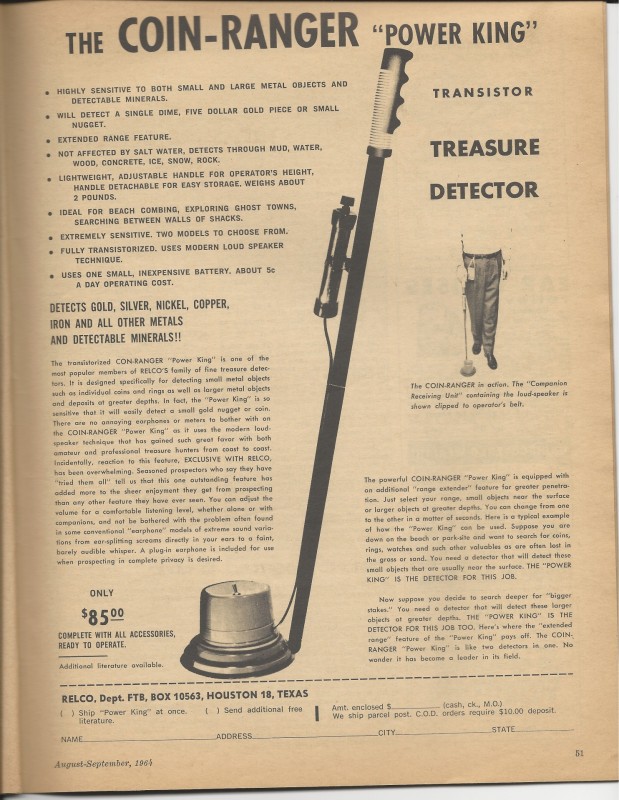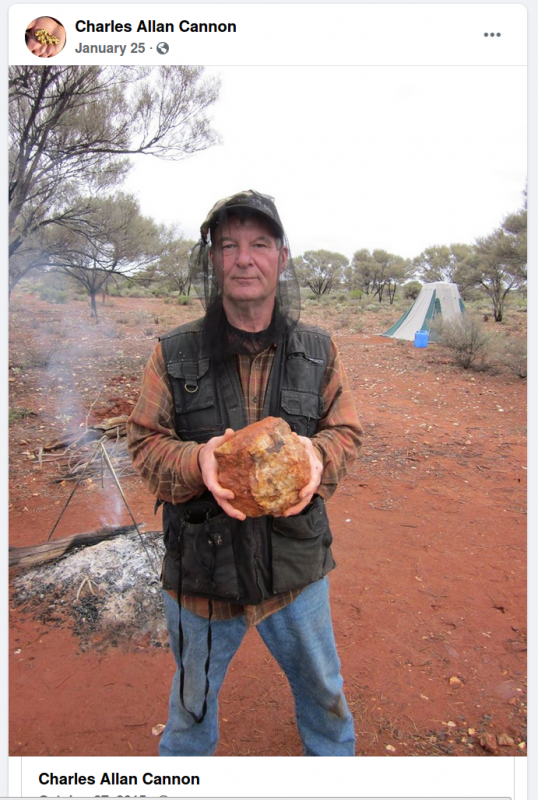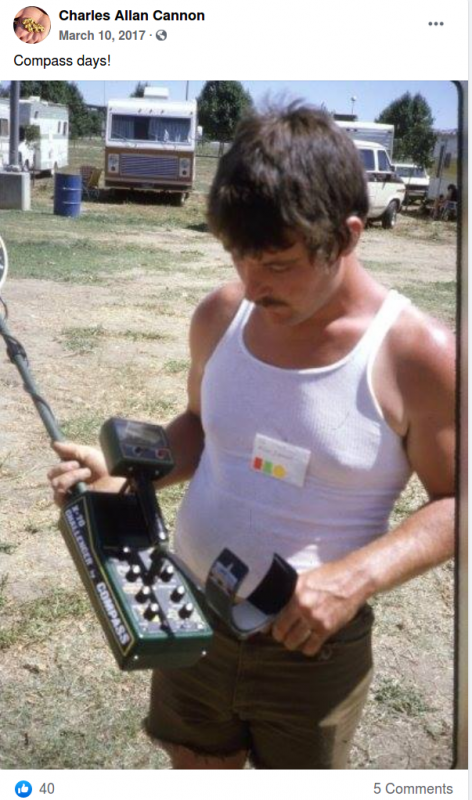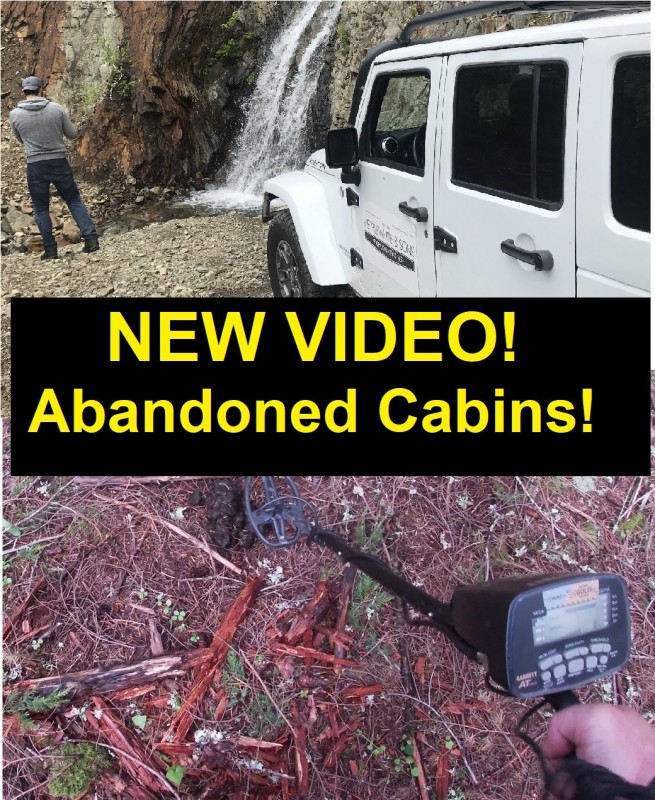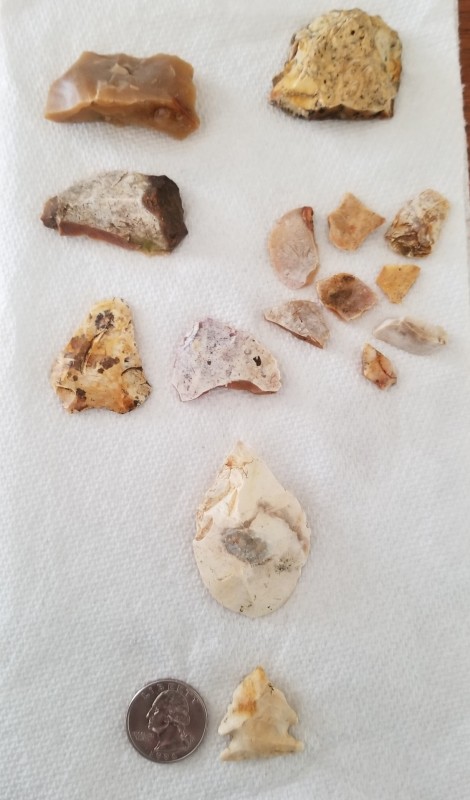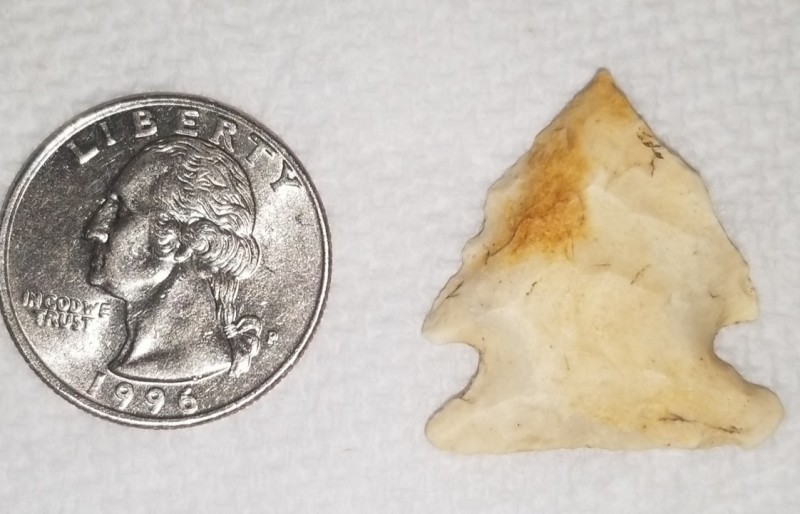Search the Community
Showing results for tags 'history'.
-
Just been cruising the hills in search of. I have been enlarging my detecting area around the original site so here are some recent finds. Little heart shaped piece of gold was when I told my wife the DEUS will find gold and it did. I will add that all but the gold was found by the 800
-
Riddle of the rainforest coin. Ancient Egyptian visitors to Australia or miner's mishap? ....Link to Coin....
- 7 replies
-
- coin found
- history
-
(and 1 more)
Tagged with:
-
It's been a while since I last posted and I have been busy with work and the yard. Not that I have not been out a few times, But today was something I had to take the time to share with everyone. I had the day off and wanted to go out early and see what the day would bring me. 5:00 am I decided to get dressed for the day and found a new T shirt that the wife had bought me, It said life is good. It had a dog holding an american flag in its mouth. I thought to myself this might bring me some good luck. Well I think it did. My first three hours were at a spot I hunted a few times. Its loaded with clad and I decided to hunt for quarters and dimes. After a few dollars in clad, I hit a 1945 Washington, (good start) A few more Quarters and I changed spots, Hunting an old horseshoe pit. No luck so I moved a few hundred feet and got a 24-25 on the 800. Out pops a ring that was pretty neat looking but seemed odd and silver plated, But it turned out to be sterling stamped ring made by Unca Co. in the mid 1900's. This morning is turning out pretty good. More clad and I decided to go back to the washington find and go a little slower. With in a minute I got a bouncy on edge tone that produced a very worn Denver mint standing liberty with no date. Sadly I had to go mow the lawn, But being greedy I needed to go back out to another spot. I called my buddy and we went to an old farm house that we hit once a month ago. The last trip yielded a capped bust, large cent, silver broach, pocket watch and an really early buckle. Today I had lower expectations. Well that didn't quite turn out that way. It started out a little slow but ended in a great way. My first good hit was a 1918 merc. Followed by a bunch of wheaties, 9 I think. My buddy hit a large cent and I followed up with a really nice 1914 barber quarter and a KG 3. He ended his day with a nice 1915 barber quarter. LIFE IS GOOD !!!!!!!
- 15 replies
-
- coin detecting
- minelab equinox
-
(and 1 more)
Tagged with:
-
Gold gets stolen and stories get told. Here is the first part of a series on the 20 greatest gold heists. They are an interesting read. I'm sure there are others out there you've heard of also. https://coinweek.com/bullion-report/the-biggest-gold-heists-of-all-time-part-i/
-
Reports of the Mineralogist for the state of California. It seems fake news has been around for a long time. https://books.google.com/books?output=text&id=13POAAAAMAAJ&q=217#v=onepage&q&f=false
-
This is an interesting little story about Mineral Park, Arizona. It tells about a geologist who was told to find ore or be fired. There is a bit of history about fine gold recovery also. https://kdminer.com/news/2021/feb/06/mohave-county-geology-concentrate/
-
An article on the origin of money ..... .....LINK..... Has anyone found any of these.
-
-
Several of us on this forum are former Marines or Marine "brats." Today marks the 70th anniversary of the beginning of the 17 day Battle of Chosin Reservoir. My dad, a sergeant in the First Marine Division at Chosin, later co-founded the Sea Angels scuba diving club with Mel Fisher. Their treasure hunting experience, along with that of the Depression Era "survival" gold prospecting experiences of my grandfather and great grandfather, influenced me greatly. Off topic, and reminiscing.
-
I was thinking the other day about some of the best metal detectors of the analog age and early digital age. My memory shows concentric searchcoils, the Fisher CZ series being an example. What is the earliest commercial detector that had the commercial option of a DD coil? (As opposed to prototypes, experiements, garage builds, etc., although if you know of any of those it would also be interesting to read about.) Were there analog detectors (and if so, which ones) that worked with DD coils or did those not come around until digital circuitry took over?
-
Many people think that gold was discovered at Sutter's Mill in January of 1848 but it was actually discovered on March 9, 1842 in Southern California. That is the official 'story' here: http://www.hometownstation.com/santa-clarita-latest-news/in-history-placerita-canyon-celebrates-176th-anniversary-of-the-oak-of-the-golden-dream-224619 Mitchel
-
Hey all, I got up to Treasure Coast for a couple of hunts, to break in my new/used Equinox! I haven't had one for a few months, but i got back into it in a hurry! The area is always full of detectorists for any rare erosion event, and this past week was no different! The blue erosion bags are a main indicator of the level of erosion present! Normally they are covered by up to several feet of sand! The orange sand is the original sand we look for, when looking for the old stuff! Last friday was the better of the two days i was there! I found a few pieces of lead, iron, copper, and modern coins! For a few lucky hunters, there were musket ball's and spent bullets! There were a few coin and artifact finds, but those were on various other beaches nearby! The highlight of this trip was recognizing, than meeting a local legend here; Terry Shannon, a super nice, very experienced detectorist, and author! He has a few very good books out on Amazon! He was my best "find" of the day! I also went Monday, but i caught the tide incoming, and just got beat up by the big waves, with very few targets! But i will keep going there, whenever i get the chance, to finally find some of the elusive and rare Spanish items!👍👍
- 7 replies
-
- beach detecting
- history
-
(and 1 more)
Tagged with:
-
I just wanted to pose a question to all DP user's. Who is your detecting Hero, mentor or person who gave you the detecting/prospecting interest???? or you just plain admired for the dedication and promotion of the hobby. This can be anyone who influenced or inspired you to do what we all enjoy so much. Please share your stories about these people for all of us to enjoy. We do not want their legacy to be forgotten!! I would like to start with Jack Gifford of Tesoro, For actualizing Tesoro detectors. His life and endevors are what we all strive to accomplish. A truly great person in so many ways. There are also many contributors on this forum that have helped me become a better more informed detector. GB, Kac, Chase, Joe D, T Vallen, and so many more. I also have to include Mr. Herschbach for creating the best detecting forum on the old interweb. Thanks to all who contribute to this great site.
-
From Placer Gold Deposits of Nevada, USGS Bulletin 1356, By Maureen G. Johnson 1973 HISTORY OF PLACER MINING IN NEVADA The first authenticated discovery of placer gold in Nevada was made in 1849 by Abner Blackburn, a member of an emigrant train to California, at the junction of Gold Canyon and the Carson River at the present site of Dayton, Lyon County (De Quille, 1891; Vanderburg, 1936a). Parties of men worked the gravels in Gold Canyon and nearby Six Mile Canyon, Storey County, for 8 years before the source of the placers, the Ophir silver lode, was discovered by Peter O'Reiley and Patrick McLaughlin in 1857 while digging a small water hole for placer mining in Six Mile Canyon (De Quille, 1891). Other lode discoveries in the immediate area followed, and soon the whole world knew of the Comstock lode in Nevada. Although placer mining continued on a small scale in Gold Canyon and Six Mile Canyon, and other placers were discovered elsewhere in the State, the richness and fame of the Comstock lode far overshadowed the importance of placer production and new placer discoveries. Following the discovery of placers at Gold Canyon, placer discoveries in Nevada were broadly in three periods: the 1860's to 1880's, when many small deposits throughout the State were discovered and sporadically worked and several large placers were discovered and extensively worked; the short period between 1906 and 1910, when very rich placers were discovered at Lynn, Battle Mountain, Manhattan, and Round Mountain; the early 1930's, when economic conditions created by the depression caused a renewed interest in placer mining, and many individuals sought, and a few discovered, new placer areas throughout the State. The location of the placers described in this report is shown on plate 1. Very little factual information can be found about the early periods of placer mining in Nevada. For many placers, the only reports available are hearsay estimates of production and speculations about the extent of the placer ground based on remnants of placer pits, shafts, and other workings. Many of the placers said to have had a high production between 1860 and 1890 were worked by Chinese miners who came to Nevada during the building of the railroads and stayed on to work at mining and other activities. The Chinese were reputed to be secretive with their earnings from the placers and did not ship the gold to the mint by Wells Fargo or other shippers. They worked the gravels very thoroughly in areas where American miners did not wish to expend great labor to win the gold. The placers in the Sierra and Spring Valley districts, Pershing County, were worked by Chinese miners; they have a very high estimated production before 1900 and a comparatively low known production since that time. One reason for the lack of information about early placer-mining activity in Nevada was the great attention given to the rich silver-lode districts such as the Comstock, Eureka, and Reese River districts. Whereas in many other States, the discovery of gold placers stimulated the search for lode-gold deposits and other gold placers, in Nevada early attention was devoted to searching for rich silver lodes not necessarily associated with derived placers. The comparatively late discovery of some of the richest placers in the State has afforded a very clear picture of the development of placer mining during the 1900's. The discovery of rich silver ores at Tonopah in 1900 and rich gold ores at Goldfield in 1902 stimulated great activity in mining exploration throughout Nevada. Many placers discovered during the 1906–10 period were found by men looking for ores similar to ores at Tonopah and Goldfield. Placer mining at Manhattan and Round Mountain districts, Nye County, and Battle Mountain district, Lander County, began with numerous small drywash operations in the gravels, then expanded as water supplies were developed for sluicing and hydraulic methods of mining. Late in the history of these districts, but long after many other placer districts were inactive, large-scale dredging operations began. The success of the dredge operations in these semiarid districts is unique in the history of placer mining in the Southwestern States. Placer mining history in the other districts is typical of desert placer mining throughout the southwest. Most production resulted from the relatively intense period of prospecting immediately following discovery; a decline in placer-mining activity followed, then a small revival during the early 1930's. The economic depression of the early 1930's stimulated investigations of many Nevada placer districts for the purpose of developing large-scale placer-mining operations. By the late 1930's, many mining companies had investigated many placer areas and had formulated plans to develop certain areas. The placer activity of the 1930's was abruptly halted by the beginning of World War II and the passage of War Board Order L–208, which restricted gold mining throughout the country. The dredge operation at Manhattan was given special permission to continue operations, although on a reduced scale, and, as a result, placer gold production after 1942 did not decline as markedly in Nevada as in other States. Most of the placer mining was done by the basic methods of drywashing, sluicing, and rarely, small-scale hydraulic mining. In addition to the large dredge operations at Manhattan, Round Mountain, and Battle Mountain, other dredges operated in different districts, notably Silver City, Lyon County; Spring Valley, Pershing County; Van Duzer, Elko County; and Bullion, Lander County. Since the completion of the Round Mountain dredge operation in 1959, placer mining in Nevada has progressively diminished in importance. GOLD PRODUCTION FROM PLACER DEPOSITS The U.S. Bureau of Mines (1967, p.15) cites 1,900,000 troy ounces of placer gold produced in Nevada from 1792 to 1964. I estimate a total production of 1, 700,000 ounces of placer gold for the State from the first placer discovery to 1968. The U.S. Bureau of Mines estimate includes some unauthenticated reports of very high placer gold production from some districts worked before 1900. The most productive placer districts in Nevada are the Battle Mountain district, Lander County; Silver City district, Lyon County; Manhattan and Round Mountain districts, Nye County; Spring Valley and Sierra districts, Pershing County; and Osceola district, White Pine County. Most of the gold recovered before 1900, an estimated 905,850 ounces, was recovered by many individuals using drywashers or small sluices to work gravels brought to the surface from shafts or pits. In the major districts (Silver City, Spring Valley, Sierra, and Osceola) worked intensely between 1849 and 1890, the miners dug numerous shafts, tunnels, and adits in the gravels. At Osceola, large banks of gravel were hydraulicked, leaving sheer cliffs of unworked gravels exposed today. After 1900, drywashers, small sluices, and small concentrating machines continued tp be used in placers throughout the State, but, except for the very productive first few years of drywashing at Manhattan, Round Mountain, and Battle Mountain (1906-15), the greatest part of the placer gold was recovered by large dredging operations. Figure 1 is a graphic representation of the total amount of placer gold recovered yearly in Nevada (1900-68) and the contributors to the major production peaks. Dredge mining in Nevada started in 1911, when the Federal Mining Co. used a small wooden dredge to work gravels in Spring Valley Canyon (Pershing County). The operation was only moderately successful, but it encouraged other companies to consider desert dredge mining. During the periods 1920-23, 1940-42, and 1946-47, dredges worked in the relatively well-watered Carson River at Gold Canyon (Dayton, Lyon County). Small dredges worked gravels in a number of districts throughout the State (such as the Bullion district, Lander County; the Willow Creek district, Pershing County; and the Olinghouse district, Washoe County), but in many of these operations, the water was not sufficient for the use of floating dredges, and other conveyances were used to transport the gravels to the dredge, which acted as a central washing plant. The era of major large-scale desert dredge operations began in 1939, when a floating bucketline dredge was brought to Manhattan Gulch (Nye County). When operations ceased in 1946, this same dredge was transported to Battle Mountain (Lander County) to work the placers in the Copper Canyon fan from 1947 to 1955. In the 1950's, a non-floating dredge was used at Round Mountain (Nye County) to recover large amounts of placer gold from a deep pit. Since cessation of dredge operations at Round Mountain in 1959, placer gold production in Nevada has returned to small-scale sporadic or part time operations by individuals. SUMMARY Placer gold has been found in 115 mining districts in Nevada. Many of these districts have produced, or are said to have produced, only a few ounces of placer gold. Thirteen districts have produced more than 10,000 ounces. Although placer gold has been recovered from each of the 17 counties in Nevada, most of the placers are in the western part of the State (see pl. 1) in the area termed the "Western Metallogenic Province," which is characterized by the dominance of precious metal ores (Roberts, 1946a). A few placers (all of minor importance except the Osceola district) are found in the eastern part of the State in the area termed the "Eastern Metallogenic Province," which is characterized by the dominance of base-metal ores. Most of the placer gold found in Nevada has been derived from veins and replacement deposits that have been successfully worked for the gold and silver content of the ores. In the few districts where source of the gold is unknown, it is presumed to be small scattered veins in the adjacent bedrock. In most of the very productive lode mining districts, only small amounts of placer gold have been recovered, whereas in the very productive placer districts, lode-gold production is close to, and sometimes less than, placer gold production. An exception is the Silver City district (Lyon County) , which has yielded a high production of placer gold derived from ores of the Comstock lode (Lyon and Storey Counties), the largest silver producing district in the State.
-
I found this interesting. Gold_Fever Aust.pdf
-
After reading many sad recollections of White's Electronics and the lamenting of the state of metal detector companies I was wondering what things were like back in the beginning. I happened to see and subsequently acquire the Annual Treasure Edition of Frontier Times Magazine issued in September, 1964. Although you need to go back to the 19th Century to find the real beginning, this is about the time that metal detectors became both portable and affordable (thanks to the recent development of low cost solid state electronic components -- transistors and diodes). In addition to five full length articles, here's a summary of the ads (full page all the way down to 2 line classifieds) in this issue relevant to the general topic of treasure hunting: Published materials -- 25. Build-your-own instructions -- 1, Panning, sluicing, etc. -- 3, Multiline dealers -- 3, Clubs -- 2, Scams -- 5. Besides those, here's a listing of metal detector manufacturer ads with state of location. See how many you recognize -- order is as found paging front to back: Raytron (CA), Relco (TX), Fisher (CA), White's (OR), Metrotech (CA), Art Howe & Co (KS), D-Tex (TX), Gardiner (AZ), IGWTT (NM), Goldak (CA). (Carl probably has at least one from each company. ) The only one of these with an ad of any size (second largest was D-Tex's 1/4 page) is Relco's two page spread shown here: Noteworthy in its absence is Garrett. According to Charles's 2015 obituary, the company was formed in 1964 so they were likely still a year or two away from their first ad. Adendum: I've added a scan of the White's ad later in this thread. The very small Fisher ad showed (in tiny drawings) part of a modern style detector and a 2-box, but hardly any detail.
-
History stands corrected: Smith, not Hargraves, first to discover gold in NSW https://www.smh.com.au/national/history-stands-corrected-smith-not-hargraves-first-to-discover-gold-in-nsw-20200902-p55rtr.html
-
Ever wonder where he is off to after leaving Tesoro a few years ago. Looks like he's been busy prospecting. He's on Facebook
-
Here is a well written and photographed story about early Russian gold. https://www.rbth.com/travel/332606-miass-town-urals
-
Hello all, I'm currently up in Georgia working on family property, getting ready for hunting season!🦌 I'm with my son and dad, so no time to detect this trip! But there's always time to hunt for flint and arrowheads! Most all the fields are planted now, so hunting areas are limited to washes, and recently cleared areas! Finishing up work this morning, i did some scouting in an area cleared last winter! Had some rains since than, so figured it may have exposed something! We found some knapped piece's yesterday! And were back there again! My son had scouted the area, but missed a keeper! It's tough to find one that has not been broken! But this one was small enough to be intact! It was laying on top of the ground, shining in the sun! My first intact small arrowhead! Still have more work, and sight hunting to do! Joe D.👍👍
- 3 replies
-
- minerals rocks gems
- history
-
(and 1 more)
Tagged with:
-
Hello All!!! Just wanted to wish all the East Coast hunters, and visiting hunters out there, to Be Smart and Safe, pre and post storm!! No amount of potential detecting finds is worth risking your life!! As a Retired Public Safety Employee, i am extremely familiar with the many hazards during storms such as this one! Good Luck Detecting!!🍀🍀 I hope that you all suffer No loss, or damage!! And i look forward to the many great finds that this storm is likely to produce!! Maybe I'll see a few of you out there, if i get the chance!!👍👍

